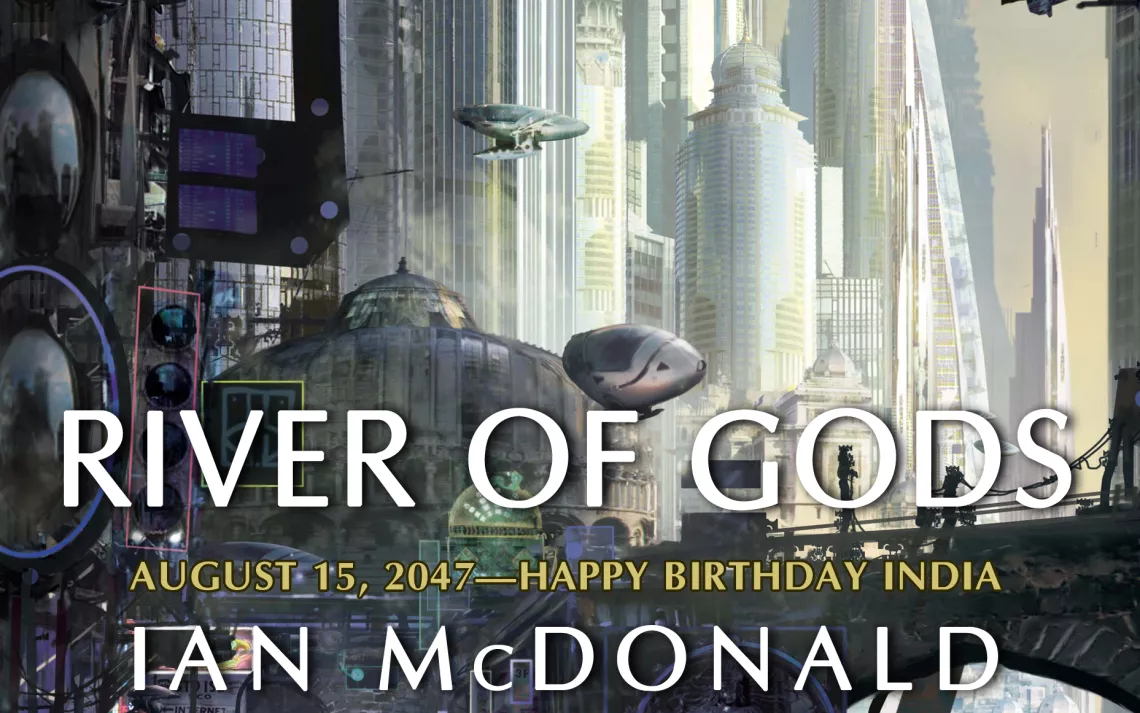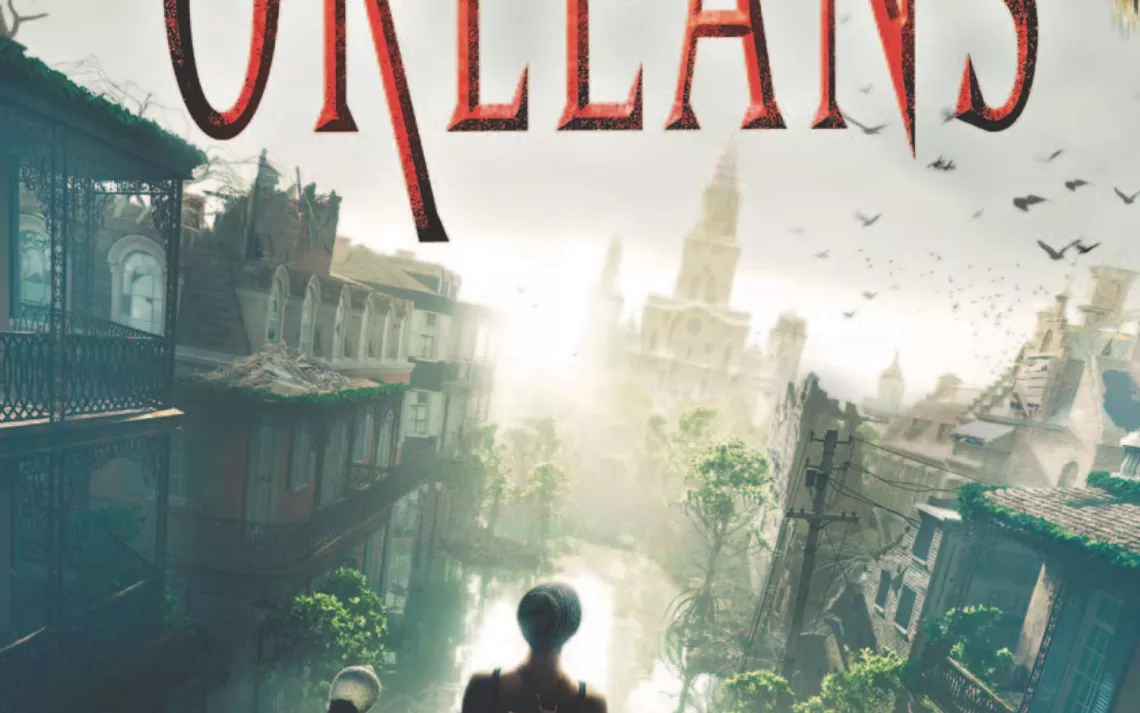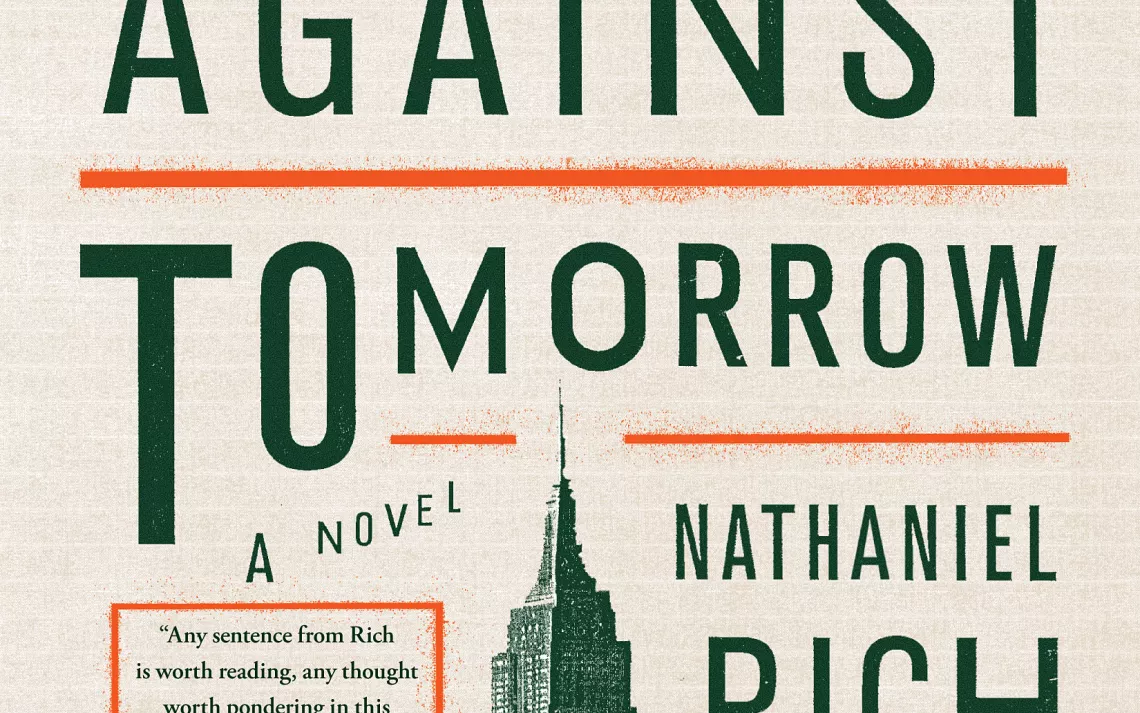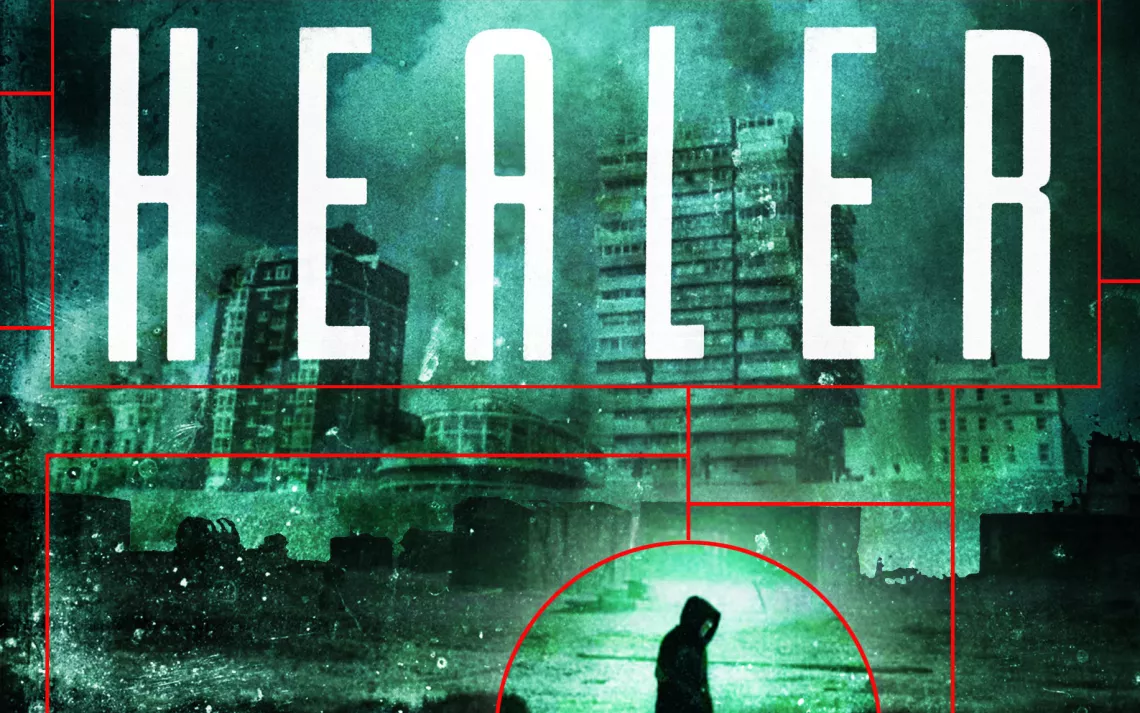CliFi: The hottest reading trend
When we speak of the future, it’s often a numbers game. How high will temperatures leap? How far will sea levels rise? How many billions will starve? But a growing cohort of authors is going beyond the numbers to imagine how the future will feel, smell, and taste. These are the building blocks of the CliFi (Climate Fiction) genre, which deals in dystopias born from climate change chaos. Here are six takes on what the future holds.
The age of oil is over. Technology is so crippled that in some ways, the future resembles the pre-internet past. From the ashes rises a new economy of calories and joules, the currency that drives every detail of Bacigalupi’s seamlessly constructed world. But the people of Bangkok may not live to see the dawning era. Super viruses from genetically engineered food devour new victims every day, their symptoms rendered in images that are skin-crawlingly visceral. These gruesome ghosts of an imagined future are hauntingly present as our modern debate swirls around GMO labeling and bans. But the novel doesn’t lounge in familiar dogma. In scampers Emiko, the eponymous windup girl, a walking, talking piece of optimized genetic coding, who clings to a life she hates in a brothel. Shyly, she undresses her richly layered character for the reader, and as the alien exterior falls away, a very human interior emerges. She asks the novel’s most destructive and seductive question: What if the future of Nature is not the withdrawal of human interference, but the product of it?
To open this book is to be hurled into a whirlpool of unfamiliar vocabularies: cyber biology, aeai gods, and mother India herself smother the reader with their vernaculars. But the experience is not of drowning; it is a baptism into this explosively vivid vision of the future. Adept as McDonald is at navigating amongst these intricately developed linguistic microcosms, his language reaches its most sublime when the jargon washes away, leaving imagery so pure you can feel it on your skin.
The changing climate shapes vocabulary in every sphere—alcofuel, climate-fields, water wars—but the book fails to capture the daily struggle of life in a tortured city, perhaps because the primary characters have the means to avoid inconvenience (in contrast to Windup Girl, with its grit and pus). Still, the climate makes itself felt in subtler ways. The plotline itself is inextricable from the developing monsoon, they build and climax in perfect synchronicity, giving the novel a satisfying self-awareness.
Climate isn’t the only force changing the rules of the story. Artificial intellect races ahead of human smarts, eerily resonant today as computers begin passing the intelligence benchmarks we’ve defined. 2047 is close enough to engage in conversation with the reader’s world, and River of Gods brings an exciting new voice to the debate: the voice of the AI beings themselves.

The first thing you should know about Fen is her name: Fen de la Guerre. War is in her blood. Like any good soldier, she counts her assets. Number one is “working arms and legs.” In short, deft strokes, Smith paints the tightly wound heroine who will escort the reader through a nightmarish world. Orleans, the hurricane-battered remnant of New Orleans, is a war zone. Delta fever ravages the remaining population. Tribes, organized by bloodtype to slow the pernicious virus, skirmish for resources in an economy that deals in human flesh and blood. The Young Adult register of the novel doesn’t dull the experience. Without veils of complex language and plot to drape it, the pure horror of human atrocities cuts deeper and sharper.
Drawing on comfortably classic tropes, Smith uses the wilderness to offer respite from human evil. Nature has taken back the city and rebuilt it in her own image. Fen’s old mentor wonders if killing New Orleans saved her. But Smith doesn’t dally in idealism. Darker creatures are stirring in the long-submerged depths of the city.

The solitude is oppressive. Even when narrator Makepeace’s path crosses the herders, religious fanatics, and slave traders of the decimated far north, the chronicler is alone. Reading Makepeace’s words, one becomes both a monk and a prisoner in the solitude of the desolate landscape. Yet the tension between Makepeace’s detached, disgusted observations about human behavior and fiery determination to live give the story a powerful driving nucleus, burning away the bleakness.
Theroux masterfully captures the convolutions of a soul struggling through the aftermath of climate collapse, but stumbles in expository moments. The lengthening summer and tired devastation of the depopulated landscape are telling enough, but Theroux compels Makepeace to cram long ago disasters into a narrative that has already left them far behind. The waters of destruction have receded, leaving a barren land, and like Noah’s raven, Makepeace is taking wing, looking for signs of life.
Despite warnings, our throwaway culture is alive and well. Brainy bachelor Mitchell seems to go out of his way to irritate the climate-conscious reader—he lives on microwaved burritos eaten off of paper plates with plastic utensils and bottled water to wash it down. This isn’t decades away. This is tomorrow, and it may already be too late to eschew plastic bottles. While other CliFi novels put a comforting distance of decades or centuries between us and their dystopias, the catastrophe that slugs Mitchell’s city hits disturbingly close to home.
Even as chaos submerges the city, life goes on outside, softening the urgency of both the disaster and the book itself. This is just the prelude to the real havoc climate change will wreak. With a storm clawing its way inside, and a radio pressed to his ear, Mitchell is shocked that even unquantifiable destruction can be harnessed with words. The news agencies take his living nightmare and brand it with introduction, cliffhanger, and resolution, to package it into a story for their listeners. Odds Against Tomorrow is just such a story, attractively packaged in irony to gentle the blow, more a lark than a sounding of the alarm.

Finland of the future is hounded by a not very original cast of climate change induced problems. News reports are clumsily used to set the global scene, featuring all the usual suspects: drought, rising water levels, unquenchable forest fires, missile strikes, pandemics, and refugees. Perhaps poor translation is at fault, but the writing limps along, trying too hard to sketch the narrator’s mental and physical landscapes, overemphasizing what would be better left hauntingly vague. For all the doom and gloom, the book’s dystopian elements are only window dressing for the focal point—a poet’s search for his missing journalist wife. His journey could have taken place anywhere and in anytime. The book is CliFi on the surface but not at heart.

 The Magazine of The Sierra Club
The Magazine of The Sierra Club